A Library Designed for the Post-Print Era
The defining decorative element of a library has always been the books themselves. But now that institutions ranging from the University of Texas at Austin to ultra-traditional Cushing Academy are tossing their stacks in favor of digital collections, the question arises: How do you design a library when print books are no longer its core business?
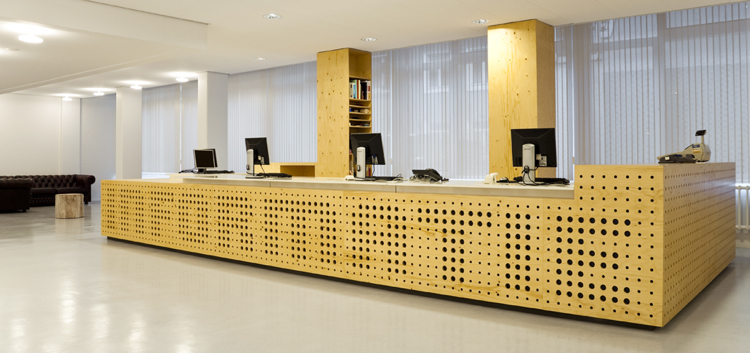
At the University of Amsterdam, Dutch designers Studio Roelof Mulder and Bureau Ira Koers converted an existing 27,000-square-foot library into a massive study hall -- without any visible books -- to accommodate the 1,500 to 2,000 students who visit daily.
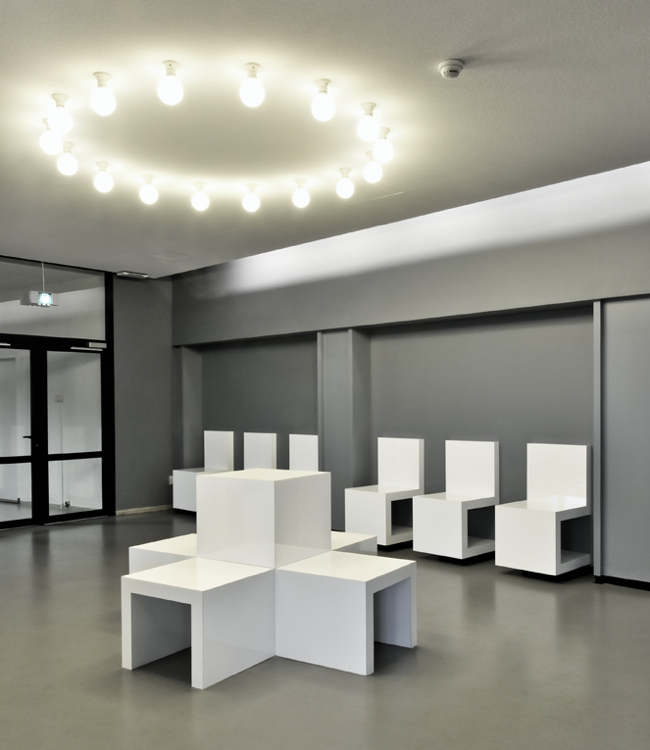
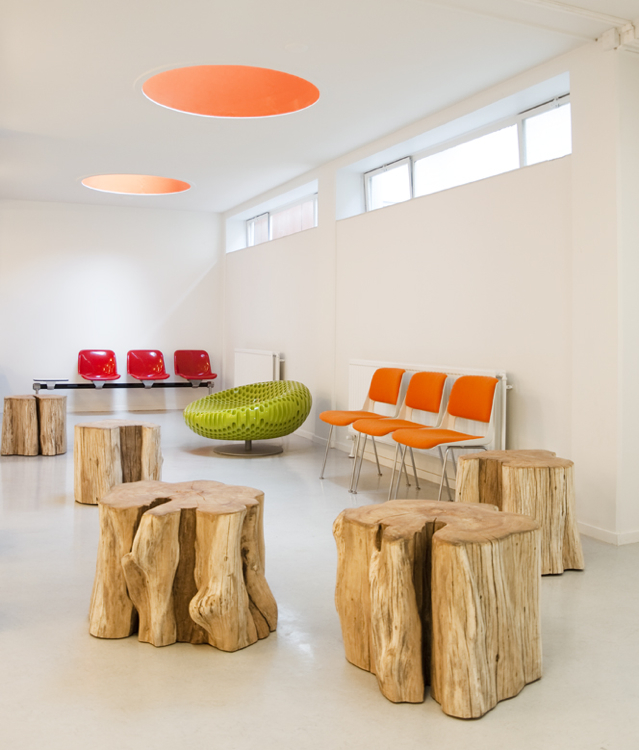
Instead of stacks, the place is littered with workspaces. And instead of lending bureaus, it’s got a so-called red room: a space filled with more than 100 plastic red crates, where students can pick up books they requested online. (The university’s physical collection is stored in various closed repositories and book depots.) (Which is all well and good for collaboration, but what about making out in the stacks? Sigh.)
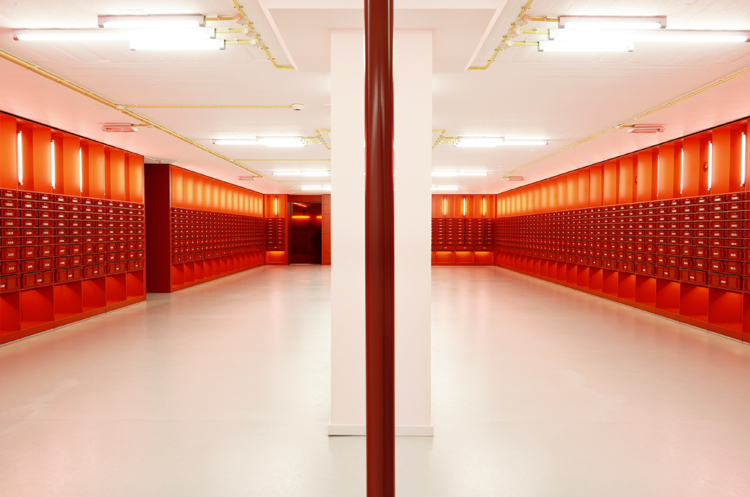
It’s a clever way to adapt to the post-print era. Libraries are expensive to operate. As books increasingly go digital, it makes sense for libraries to either downsize or, in the case of the University of Amsterdam, shift the focus of operations from books to people.
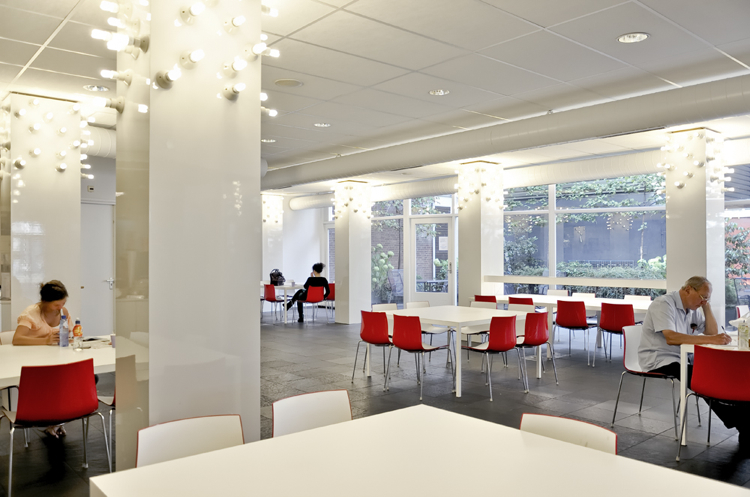
The library won a 2010 Dutch Design Award recently. For the full list of winners, go here.
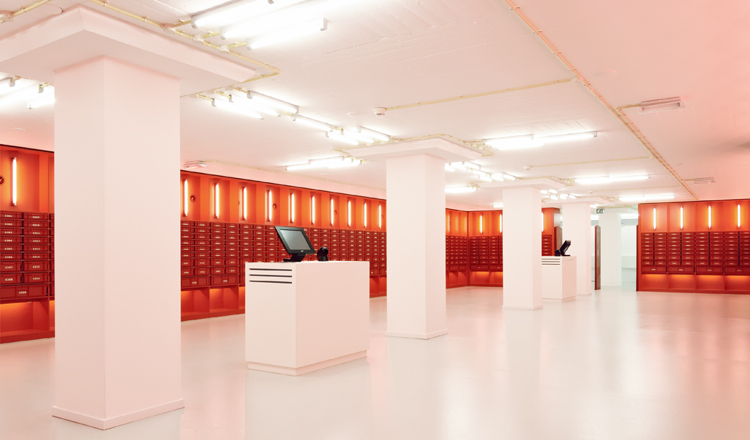
댓글 없음:
댓글 쓰기